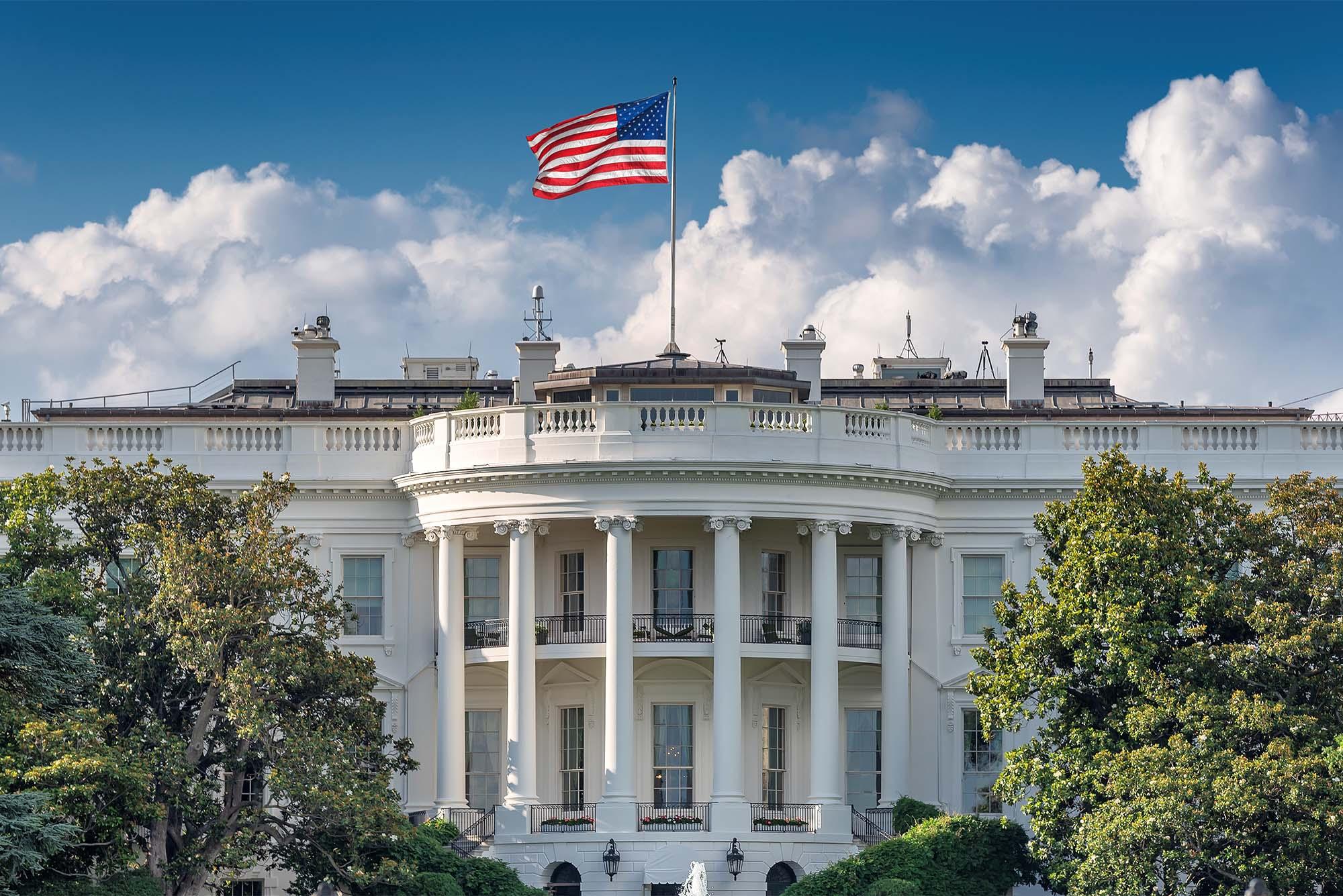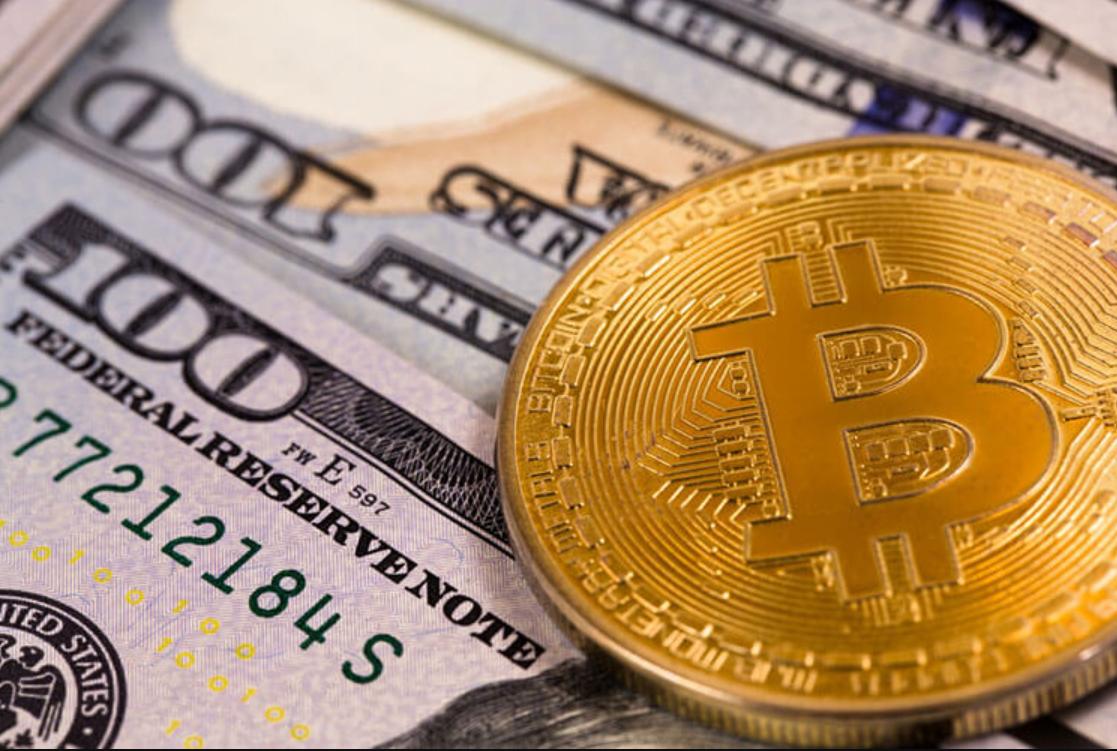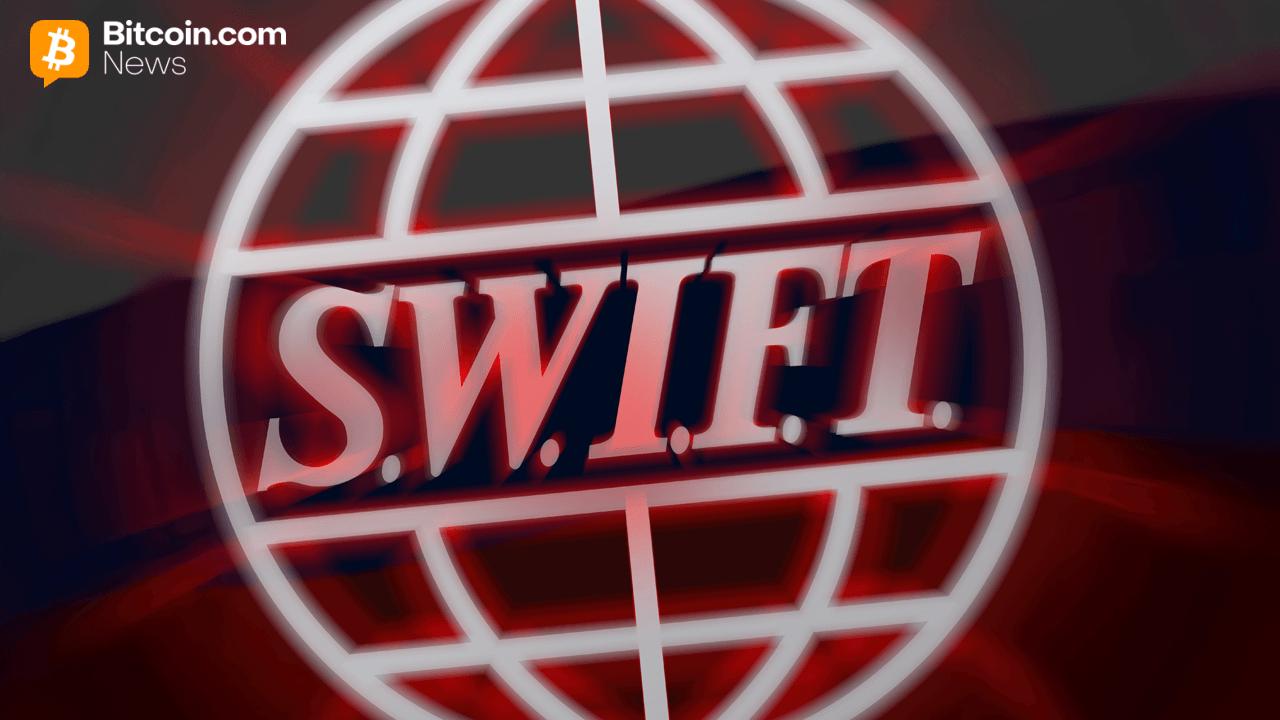Digital Asset Market Structure Framework
Digital Asset Market Structure Framework
The White House has recently unveiled an extensive report on digital asset market regulation in the United States. This comprehensive 166-page document sets forth a vision for the responsible growth of digital assets and related technologies like blockchain, aiming to establish the U.S. as a global leader in the crypto space. This groundbreaking report represents a transformative approach to digital asset regulation, passionately advocating for a pro-innovation mindset designed to thrust the United States into the limelight as the crypto capital of the world.
Market Structure Recommendations and Regulatory Coordination
Gone are the days of regulation by enforcement. This report boldly pushes for a structured and cohesive classification system for digital assets, moving past ambiguous interpretations of securities laws. By identifying the unique economic functions of digital assets, it breaks them down into clear categories: security tokens, commodity tokens, and tokens for commercial or consumer use. Emphasizing collaboration between the SEC and CFTC, the report proposes a host of initiatives to streamline and support the development of digital asset markets.
In a call to action, the report urges the Securities and Exchange Commission and the Commodity Futures Trading Commission to collaborate on a comprehensive suite of initiatives. These include rulemaking advancements and the creation of a regulatory sandbox, establishing a risk-free zone for innovation that allows market participants to test new technologies and business models under relaxed regulatory constraints.
Enhanced CFTC Role and Legislative Framework
The report advocates for a clear regulatory framework for non-security digital assets in the CFTC domain. These recommendations include empowering the CFTC to regulate spot markets for digital commodities and ensuring that United States regulatory bodies can smoothly integrate decentralized finance protocols into the mainstream financial system. The backing of the Digital Asset Market Clarity Act of 2025 highlights a future where market structures operate without regulatory obstructions.
Aligning with this legislative framework, the report stresses refining regulatory approaches to support efficient crypto market functioning. It urges a technology-neutral banking approach, integration of digital assets into existing financial frameworks, and coordination of innovative efforts for optimal market growth and development.
Banking Integration and Technology Neutrality
The White House report provides a comprehensive blueprint for integrating digital assets within the United States banking framework, focusing on a technology-neutral strategy that embraces innovation while maintaining financial stability. The report recommends coordinating agency crypto innovation efforts to enhance contemporary banking activities and modernize traditional financial services.
Drawing attention to the global nature of digital assets, the report emphasizes modernizing the International Basel Committee on Banking Supervision standards to align with the new wave of digital asset performances and distributed ledger technology innovations. Such modernization is set to hold significant influence over capital and liquidity strategies, which could witness transformative changes in the coming years as banks adapt to digital asset integration.
Global Leadership in Stablecoins and Cross-Border Payments
The report sheds light on the promising role that stablecoins could play in the future of international finance. These digital currencies, pegged to stable assets like the United States dollar, are highlighted as key instruments in enhancing international transactions and strengthening the dollar's global position. With the enactment of the GENIUS Act, the report recommends swift implementation to enhance the positioning of stablecoins globally, all while discouraging central bank digital currencies.
The development of dollar-backed stablecoins is emphasized as a means to bolster global financial transactions, underscoring the United States commitment to spearheading innovative cross-border payment solutions. Agencies are encouraged to champion stablecoins that stand on the foundation of legitimacy and transparency while establishing international legal and regulatory standards for these new payment technologies.
This concerted effort aims to boost both transparency and security while modernizing laws to align with the digital age. By positioning the United States as a leader in crafting efficient and secure cross-border transaction tools, this commitment to cutting-edge payment technologies promises a future where international transactions are seamless, blazing new trails in global finance.
Digital Asset Taxation Framework
The report presents a groundbreaking approach to the future taxation of digital assets, suggesting a pivot from outdated tax policies towards a more nuanced understanding of digital currencies and blockchain technologies. The Treasury and Internal Revenue Service are urged to provide comprehensive guidance on digital asset taxation, addressing complex scenarios involving unrealized gains and losses on cryptocurrencies.
One of the most anticipated elements involves clarifying tax implications around activities like staking, where rewards have historically been wrapped in regulatory ambiguity. The report aims to deliver crystal-clear guidance on wrapping and unwrapping transactions, bringing an end to uncertainties that have puzzled investors and market participants. Moreover, the report ventures into suggesting the inclusion of digital assets under wash sale rules, except for payment stablecoins, effectively integrating these modern financial instruments into existing tax frameworks.
Privacy and Security Integration
The report emphasizes the integration of privacy-preserving digital identity technologies to bolster security in cryptocurrency transactions while maintaining compliance with existing anti-money laundering and know-your-customer requirements. This approach balances innovation with regulatory oversight, ensuring that privacy enhancements do not compromise the integrity of the financial system.
Ultimately, this report represents more than just a set of recommendations; it constitutes a high-energy invitation for the United States to lead on the global stage in digital finance. With clearly outlined regulatory paths and comprehensive plans for inter-agency cooperation, it presents a vibrant vision for creativity and stability in the digital asset landscape, marking the advent of a new era in the financial ecosystem.










